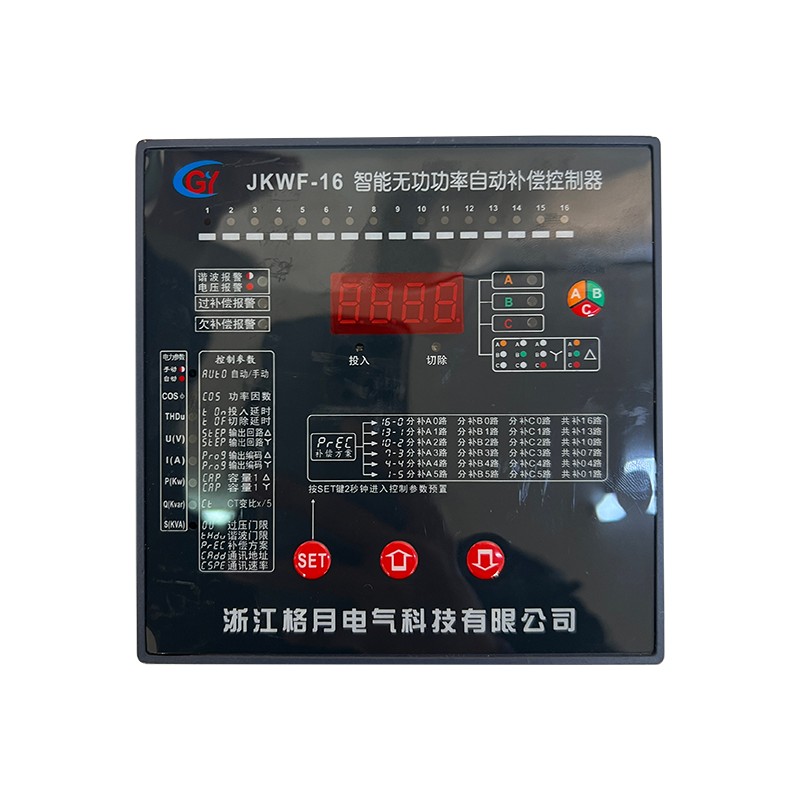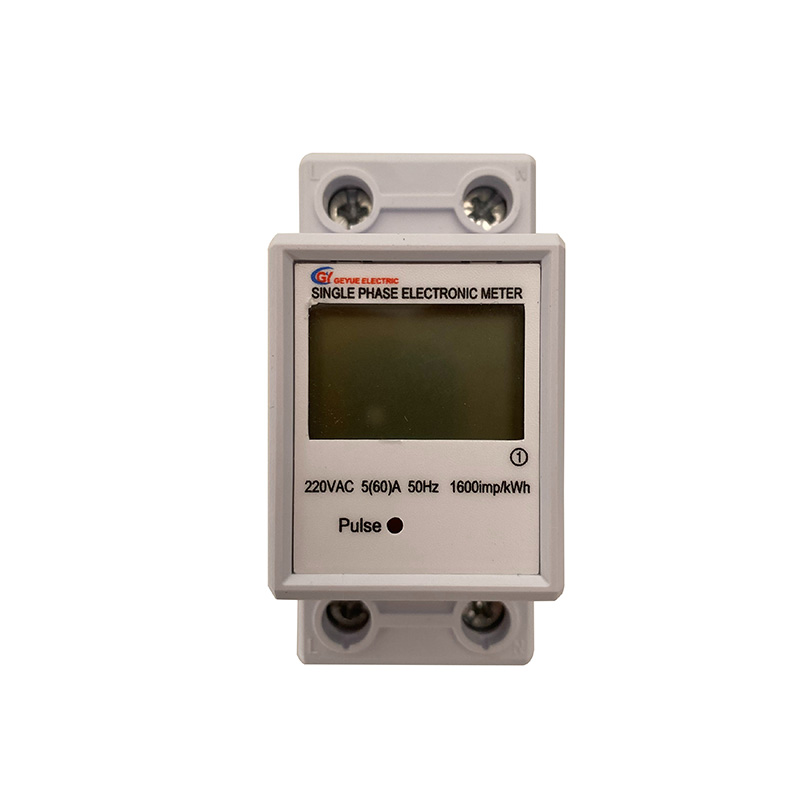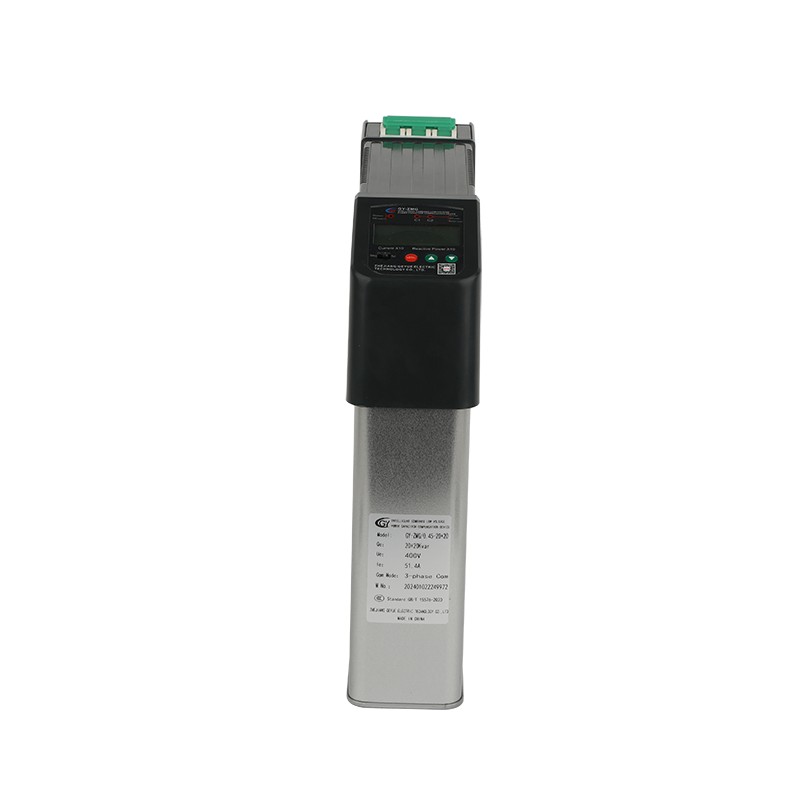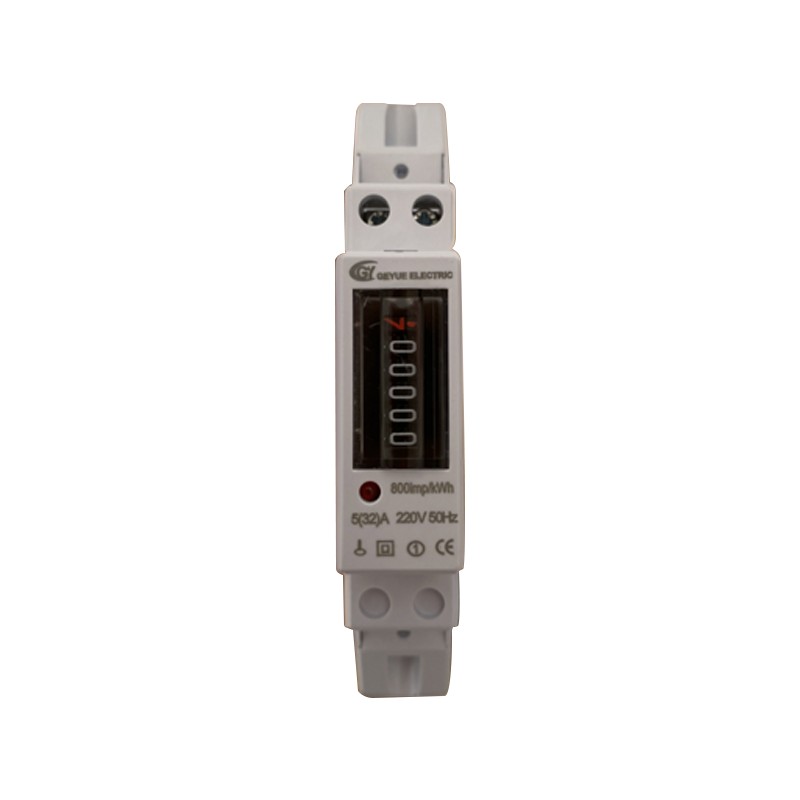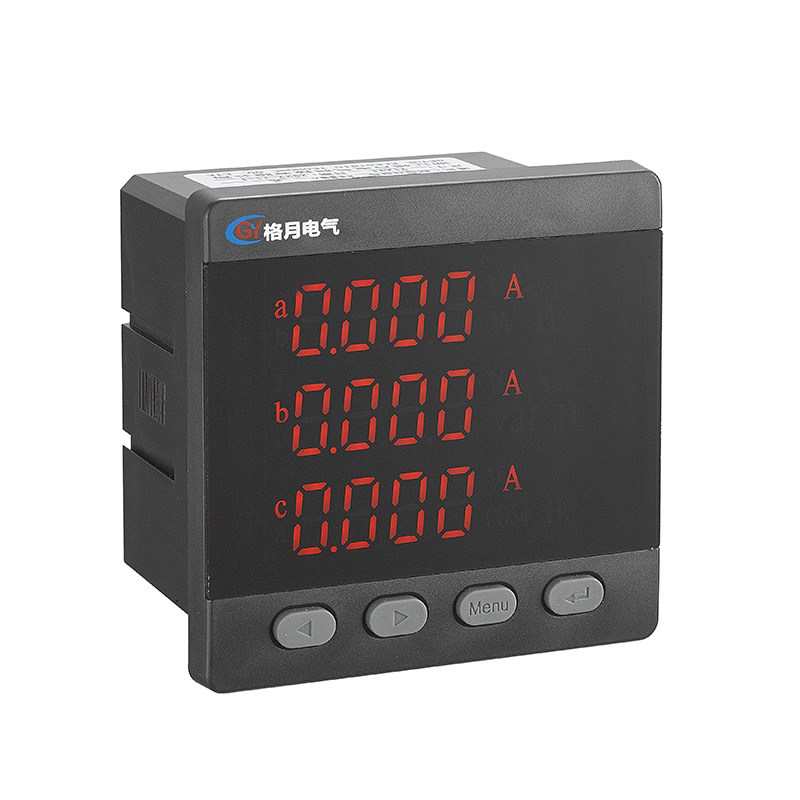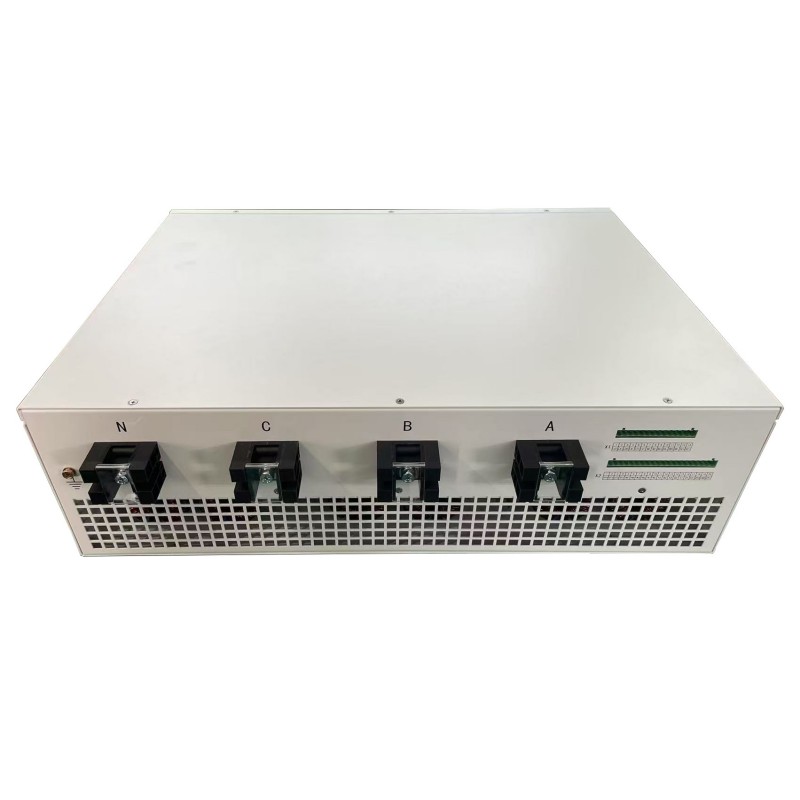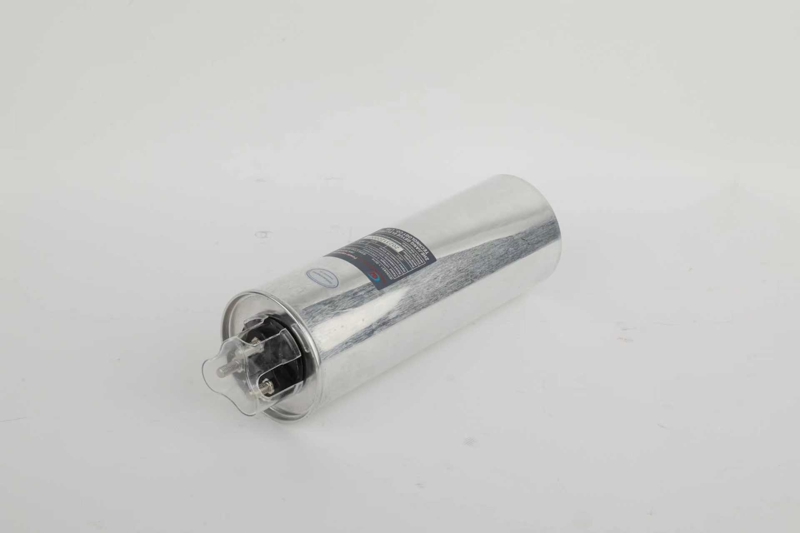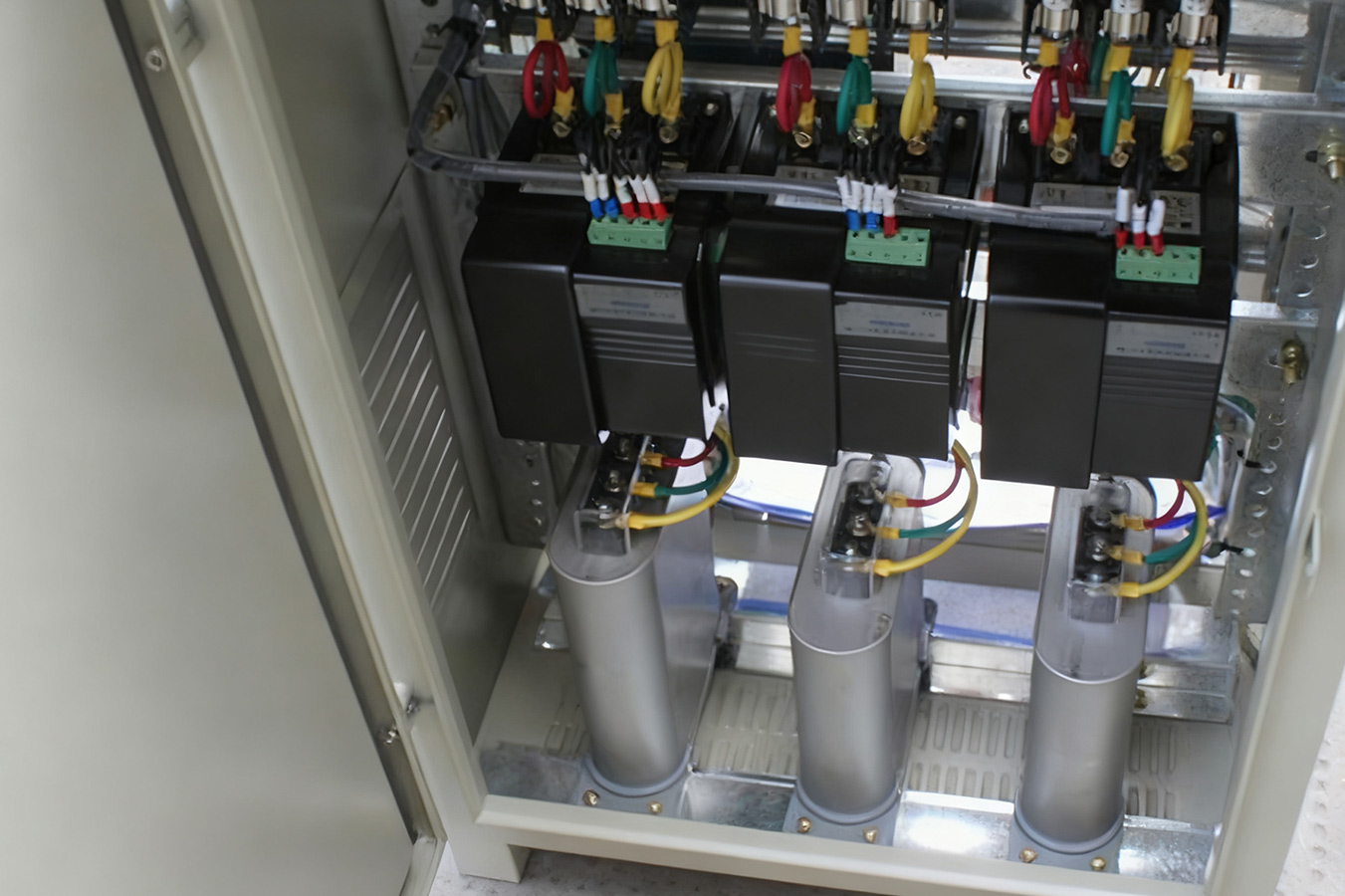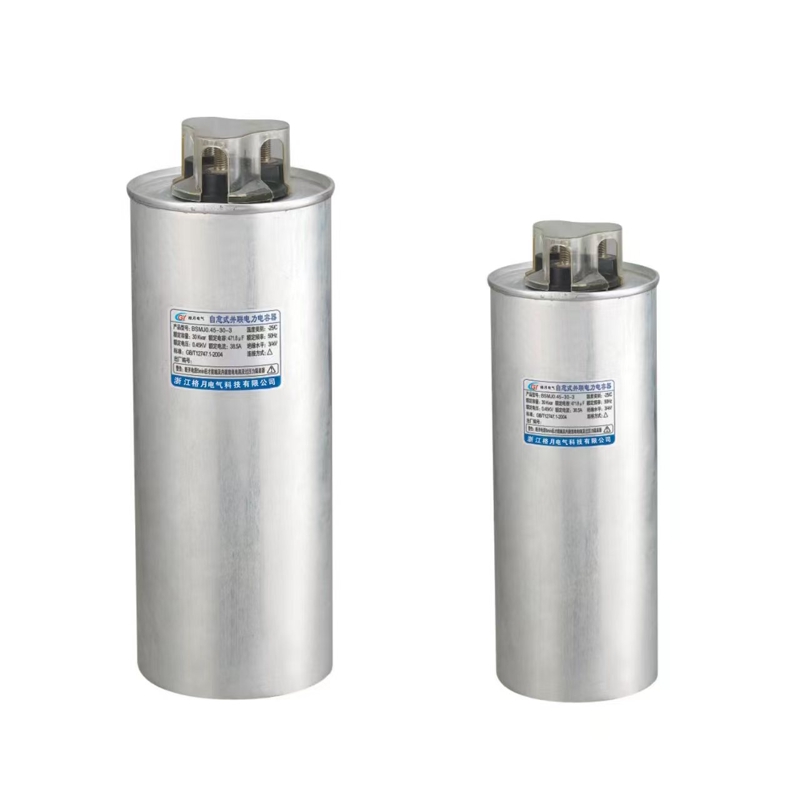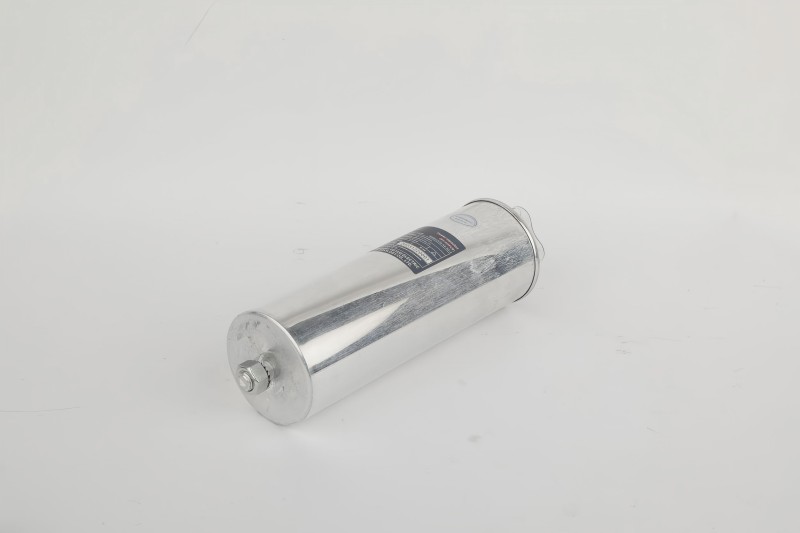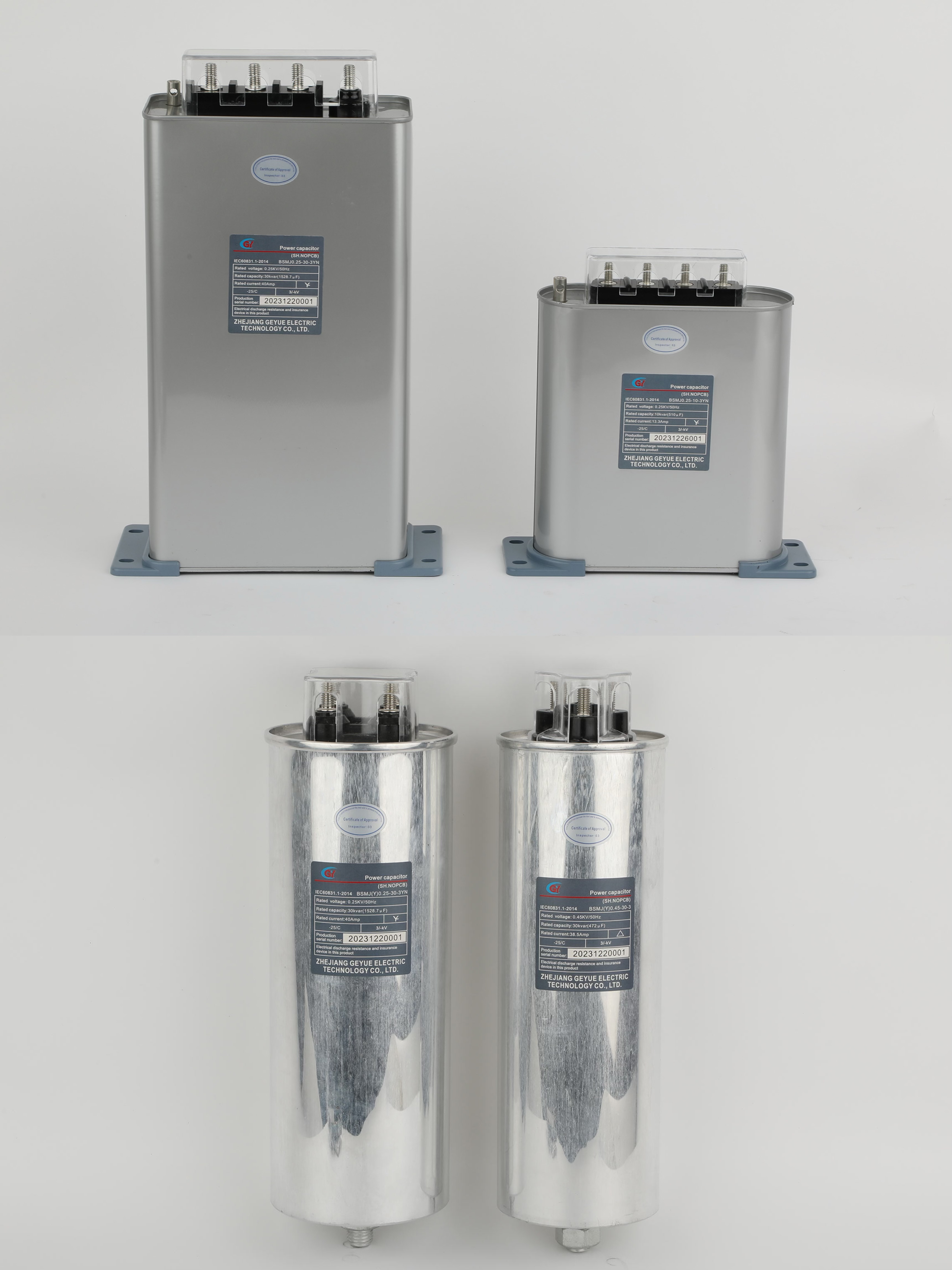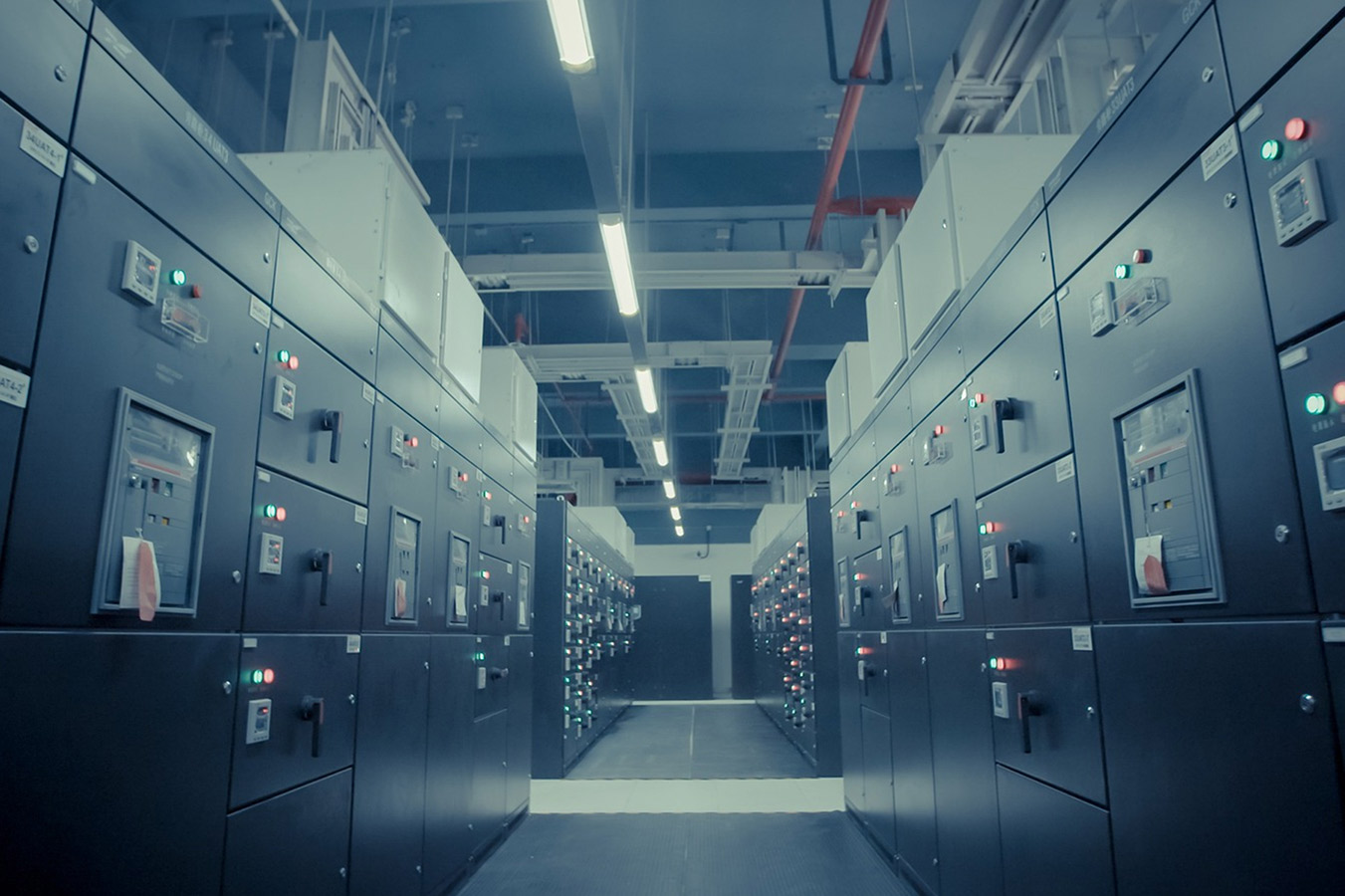Why Is It Necessary to Install a Controller in the Compensation Cabinet?
In hospitals, shopping malls, factories, communities and other centralized power consumption places, the basements are equipped with power distribution systems. In these power distribution systems, compensation cabinets are standard equipment. However, many users do not know that the reactive power automatic compensation controller is very important. Without the compensation controller, the energy saving effect of the capacitor cabinet will be greatly reduced or even cause additional losses.
1.What is the reactive power automatic compensation controller?
The reactive power automatic compensation controller is an intelligent control device in the power distribution system. It is mainly used to solve the problem of invalid power loss in the power grid. It mainly achieves efficient energy saving and stable power supply through real-time monitoring, automatic calculation and precise adjustment.
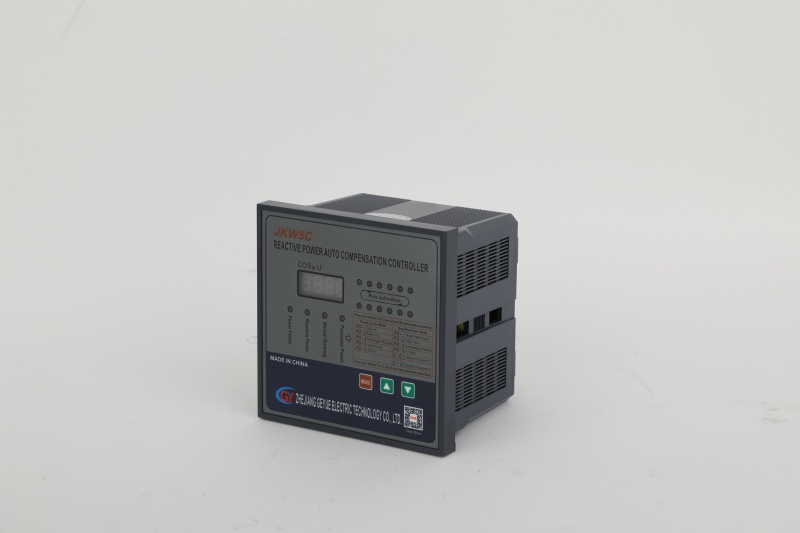
2.What is the reactive power in the power grid?
The power consumption in the power grid can be divided into two parts, namely effective power and ineffective power. Effective power refers to the energy that can be directly converted into the actual work of the equipment in the power grid. For example, a light bulb converts electrical energy into light, and a kettle converts electrical energy into thermal energy to boil water. All effective power will be directly measured by the meter and presented in the electricity bill.
Ineffective power does not produce actual output, but it is the basic condition for maintaining the operation of the equipment and is the auxiliary energy that must be consumed when the equipment is running. For example, the motor needs to generate a magnetic field to operate. This part of energy will not be converted into actual mechanical energy or thermal energy, but without it, the equipment will not work.
3.How the controller works
The reactive power automatic compensation controller achieves efficient operation of the power grid through automated closed-loop control. The workflow is divided into three automated steps. First, it uses internal sensors to monitor the voltage and current data in the power grid in real time and calculates the current consumption of reactive power. Then the controller quickly calculates the number of capacitor groups that need to be put into or removed based on the detected data and the preset target of power efficiency. The controller then sends instructions to the physical switch of the capacitor cabinet to accurately control the on and off of the capacitor and dynamically adjust the compensation amount of reactive power. Ensure that the power grid can always be in a low-consumption, high-efficiency state.
The entire workflow from detection to adjustment is completed in only one second, relying entirely on automated closed-loop control, without manual intervention, to achieve 24-hour precise adjustment, solving the inefficiency and risk problems of manual duty.
4.Why must a controller be used?
The operating status of equipment in the power grid is changing all the time. For example, elevators go up and down hundreds of times a day, and air conditioners start and stop automatically according to the temperature. The operation of these devices will cause the demand for reactive power to change dramatically within a few seconds. If you rely on manual adjustment of capacitors, the operator needs to check the instrument data and manually increase the input of capacitors after finding that the power efficiency has decreased. However, the equipment load often changes just after the adjustment, and the speed of manual operation cannot keep up with the actual demand. If multiple motors are started at the same time, the demand for reactive power will increase instantly. It may take several minutes for the operator to find out and put in capacitors. During this period, the power grid will cause the line to heat up due to excessive current and lose some extra electricity costs. In addition, manual adjustment is prone to misjudgment and it is difficult to quantify the precise demand for compensation. If the compensation is over-compensated for a long time, the voltage of the power grid will increase, thereby damaging the equipment. If the compensation is insufficient for a long time, the reactive power will be too high, resulting in fines from the power supply bureau and waste of electricity.
The reactive power automatic compensation controller can complete precise automatic adjustment within 0.1 seconds through real-time monitoring and automatic calculation hundreds of times per second. It not only prevents over- or under-compensation, but also completely avoids the delay and error of manual operation. This ensures that the power grid is always operating safely, efficiently and at low cost.
Summary
The reactive power automatic compensation controller is the core equipment in the power system. It tracks the state of the power grid by real-time monitoring of parameters such as voltage and current, and automatically switches capacitor banks to increase the power factor to above 0.9, thereby solving the problem of ineffective power loss, reducing electricity costs, and avoiding fines from the power supply bureau. In addition, the controller's precise adjustment ability can avoid voltage fluctuations and protect precision equipment from damage, which is especially suitable for places such as hospitals that have strict requirements for power supply stability.
Geyue Electric are truly dedicated in developing more and more innovative compensation controller to respond market demands and industry trends. Explore our full range of products on our website at https://www.geyuecapacitor.com/
- Can Cylinder Self-healing Shunt Capacitor Become the Ideal Choice for the Smart Grid Era?
- Apart from Saving Electricity Costs, What Value does Low-Voltage Reactive Power Compensation Bring to Enterprises?
- How does the Temperature Dependence of a Capacitor's Capacitance Value affect the Tuning Point of a Detuned Filter Circuit?
- Is There a Non-Invasive Way to Monitor the Internal Health of Power Capacitors, Such as Their Equivalent Series Resistance (ESR)?
- What Is the Concept of "Reactive Power Banking" or "Reactive Power Dispatch" in a Smart Grid Context?
- What Are the Recycling and Disposal Plans for Self-Healing Shunt Capacitors after the End of Their Life Cycle?

